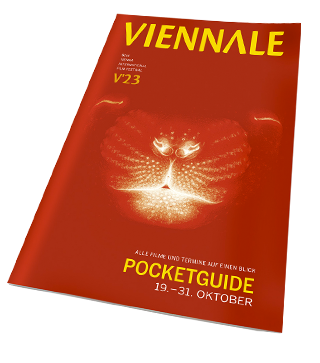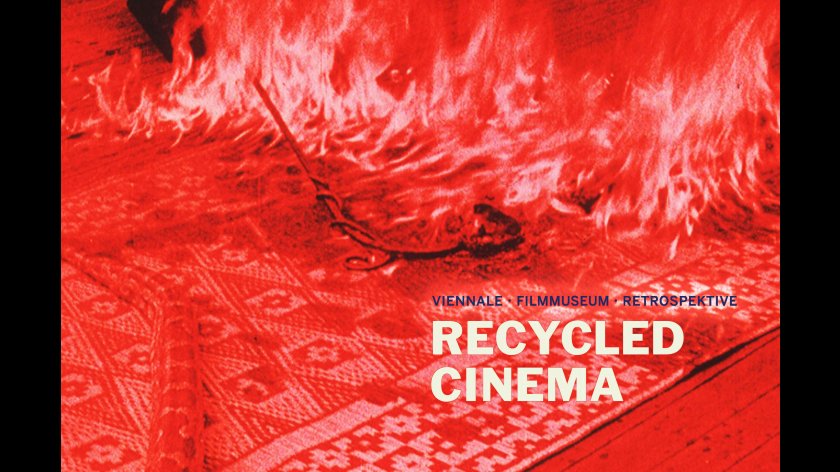Le cinéma au service de l’histoire
Neben ihrem Einsatz für den künstlerischen Film und die Filmklubbewegung war Germaine Dulac auch für die Sache der Frauen, Arbeiter*innen und den internationalen Frieden engagiert. Sie gründete 1932 die Nachrichtengesellschaft France-Actualités-Gaumont, für die sie zahlreiche Reportagen, u.a. über den aufkommenden Faschismus, realisierte. Aufgrund ihrer Agentur-Erfahrungen und ihrer Reflexion über Film als nationalistischen, tendenziösen Berichterstatter und Geschichtsschreiber, komprimiert sie aus Wochenschaumaterial von den Anfängen des Films bis ins Jahr 1935 ihren ersten Tonfilm LE CINÉMA AU SERVICE DE L’HISTOIRE. Der Film wurde 1942 von der Vichy-Regierung in Frankreich verboten, Dulac stirbt im gleichen Jahr im besetzten Paris.
Als TV-Auftragsarbeit im Rahmen der Feierlichkeiten zu 100 Jahren Kino widmet sich Harun Farocki jenem Film der Brüder Lumière, als deren Arbeiter und Arbeiterinnen durch das Werkstor ihre Fabrik verlassen, und nachfolgenden Beispielen desselben Sujets. Schon damals handelte es sich nicht um eine Dokumentation der Ereignisse, sondern eine genau geplante Inszenierung. „Farocki hat den Schauplatz vor dem Fabriktor – eine Schwelle zwischen profitorientierter Produktionsstätte und öffentlichem Raum – nicht zufällig gewählt. Vielmehr hat ihn sein kontinuierliches Interesse an Arbeitsprozessen und ihrer Repräsentation im Bild dorthin geführt. Wie kommt es, fragt er, dass die Fabrik filmgeschichtlich ein Nebenschauplatz geblieben ist?“ (Volker Pantenburg) (Brigitta Burger-Utzer)
Along with her commitment to the art film and the film club movement, Germaine Dulac also campaigned for women’s rights, workers and peace. In 1932 she founded the news agency France-Actualités-Gaumont and shot many newsreels for the company herself, which dealt, amongst other things, with the rise of fascism. Her experience at the agency and her reflections about film as a nationalist and tendentious tool for reporting and writing history led her to compile newsreels from the beginnings of cinema up to the year 1935 in her first sound work, LE CINÉMA AU SERVICE DE L’HISTOIRE. The film was banned in 1942 by the Vichy regime, and Dulac died in occupied Paris the same year. ARBEITER VERLASSEN DIE FABRIK was commissioned for television in the course of the celebrations marking the centenary of cinema. In it, Harun Farocki analyzes the film by the brothers Lumière showing the workers leaving the plant through the factory gate and later variations on this subject. Already back then, the Lumière film was a carefully planned and staged endeavor and not a documentation of events. “Farocki did not choose the setting in front of the factory gate – on the threshold between profit-oriented production facility and public space – by accident. Rather, he was led there by his ongoing interest for work processes and their representation in images. Why, he asks, has the factory remained on the sidelines of film history?” (Volker Pantenburg). (B.B.U.)
Alle Retrospektiven-Filme, die nach der Viennale – ab dem 2.11. – im Filmmuseum gezeigt werden, können selbstverständlich auch wie gewohnt auf www.filmmuseum.at oder unter Tel. 01/533 70 54 reserviert und an der Kassa des Österreichischen Filmmuseum gekauft werden. Es gelten die Preise des Filmmuseums.




